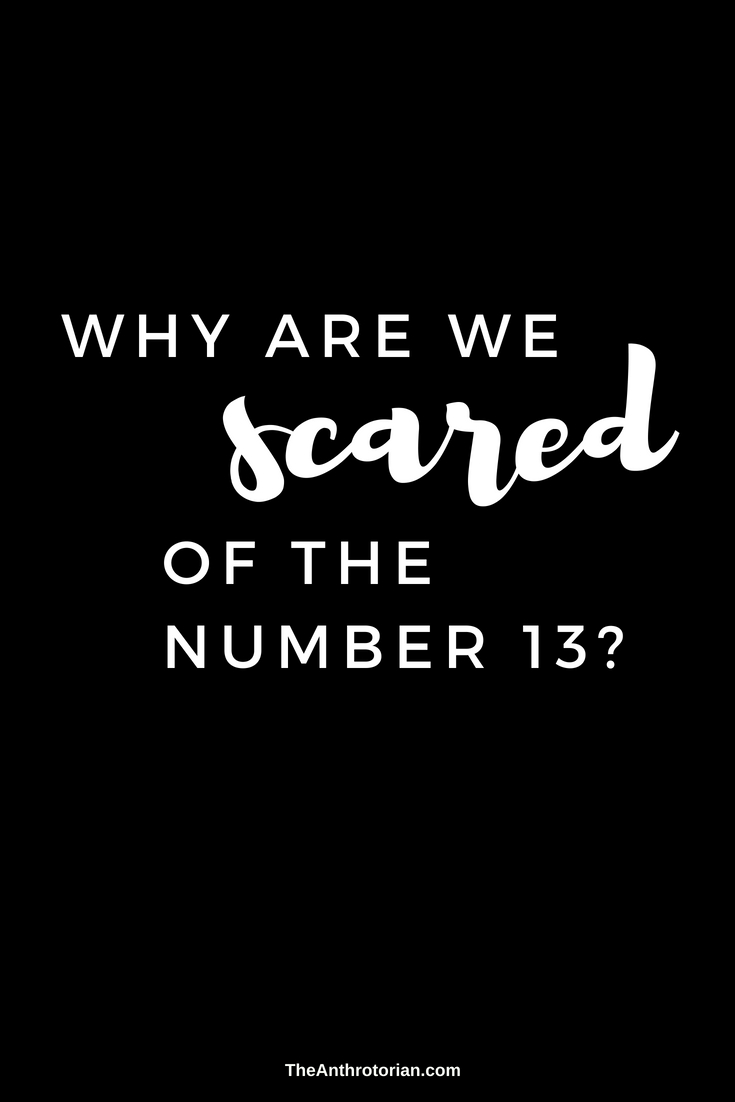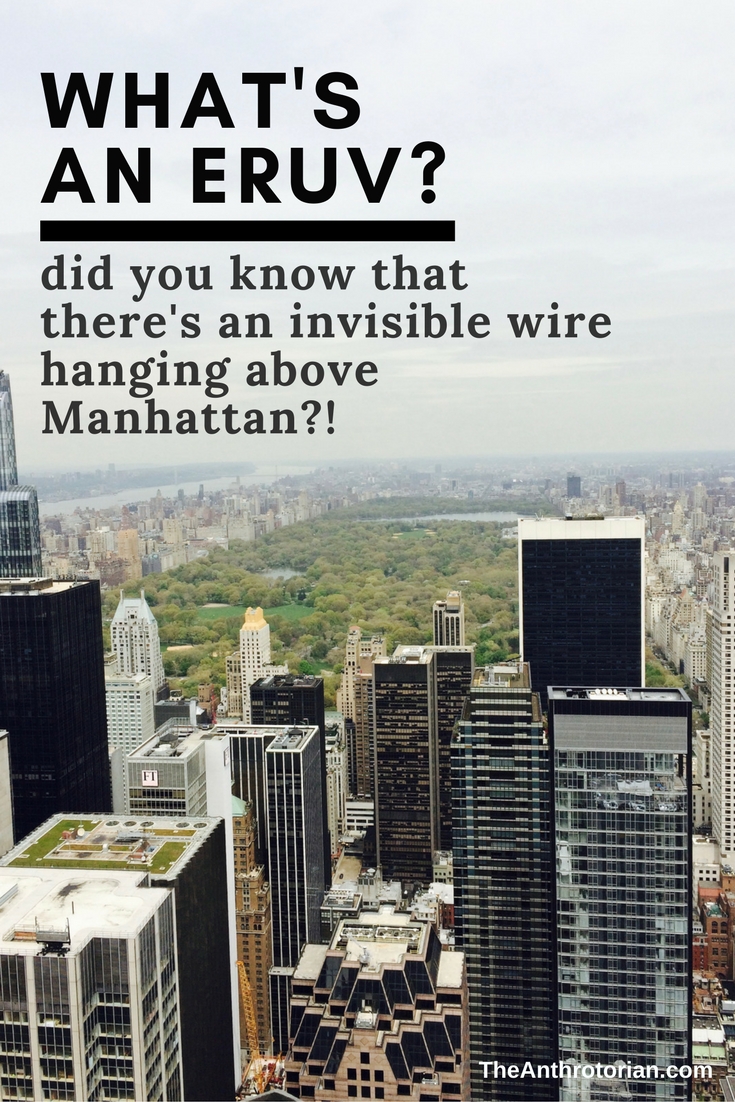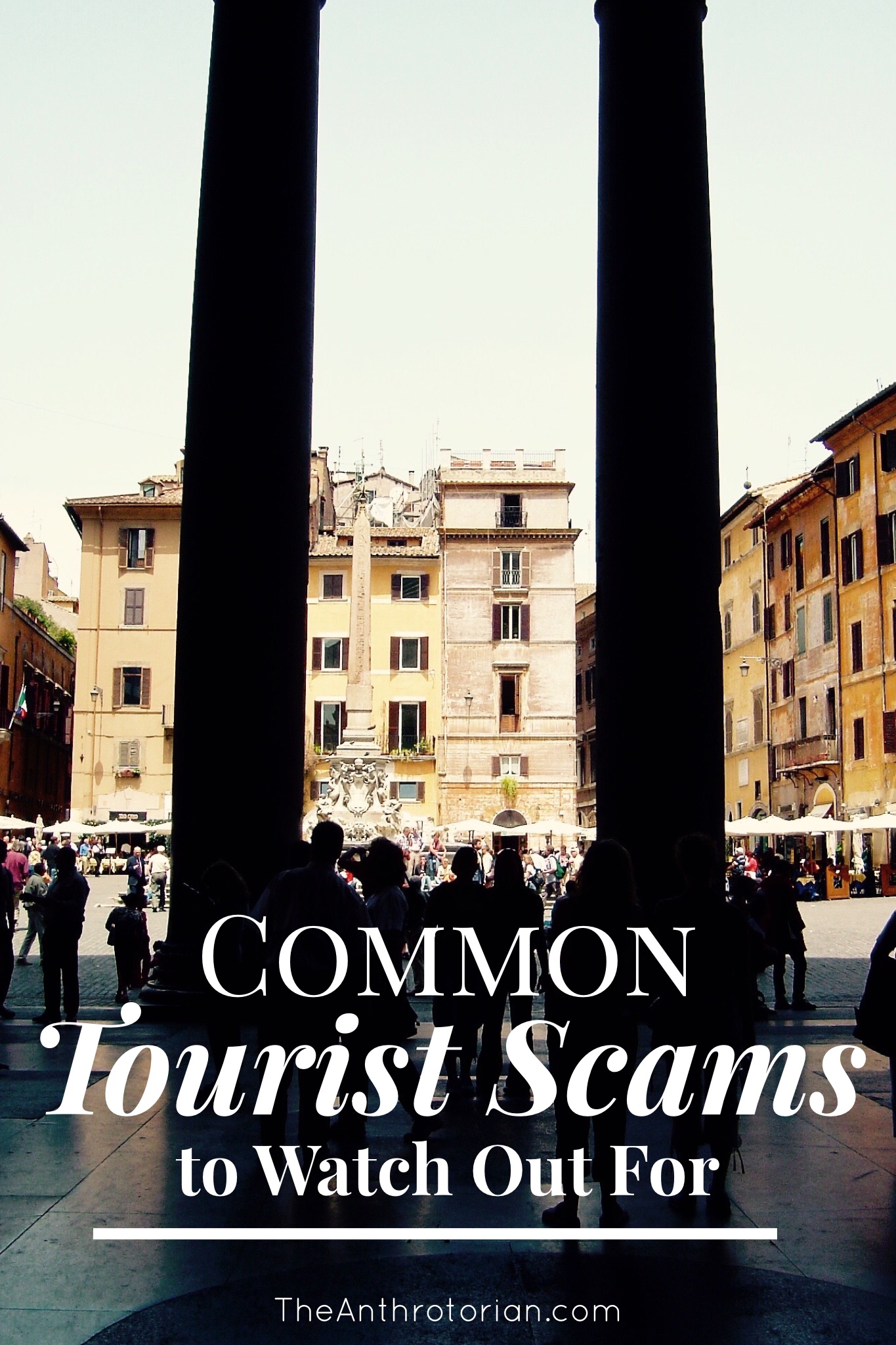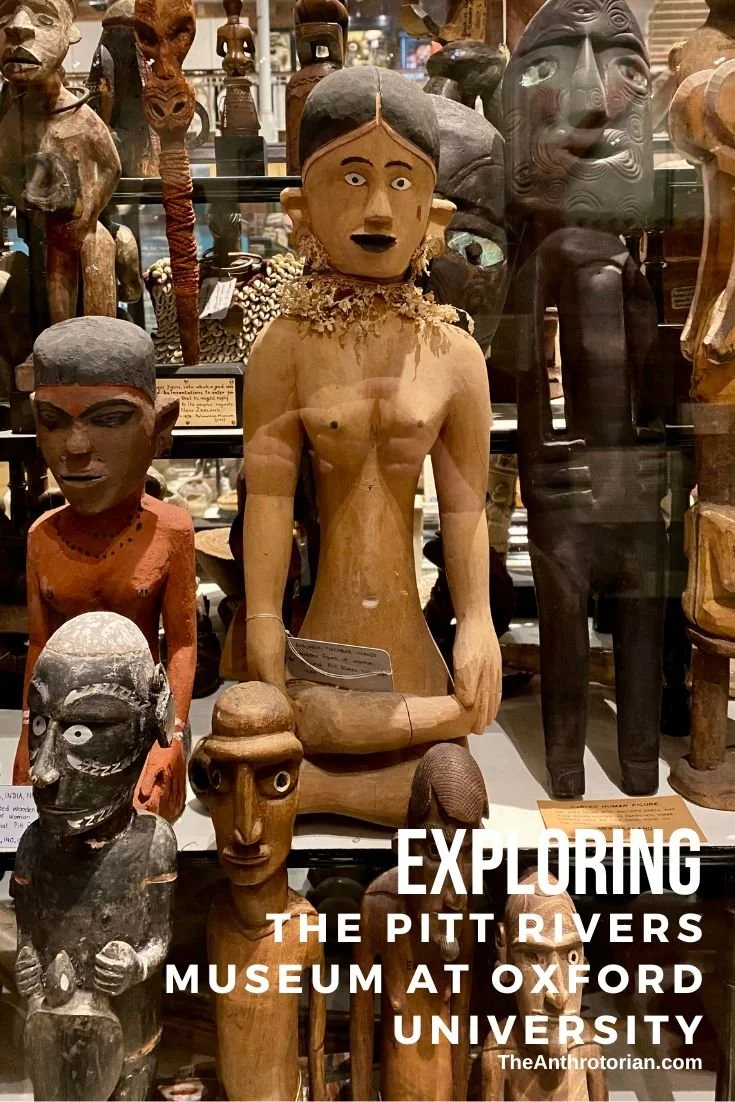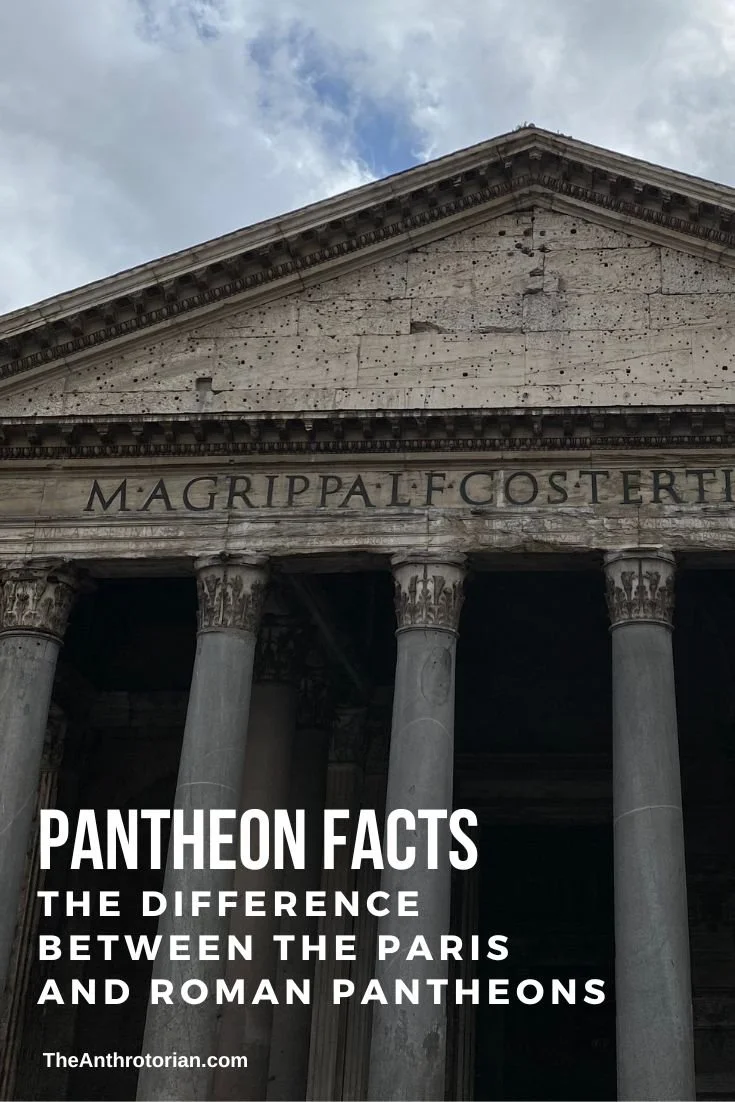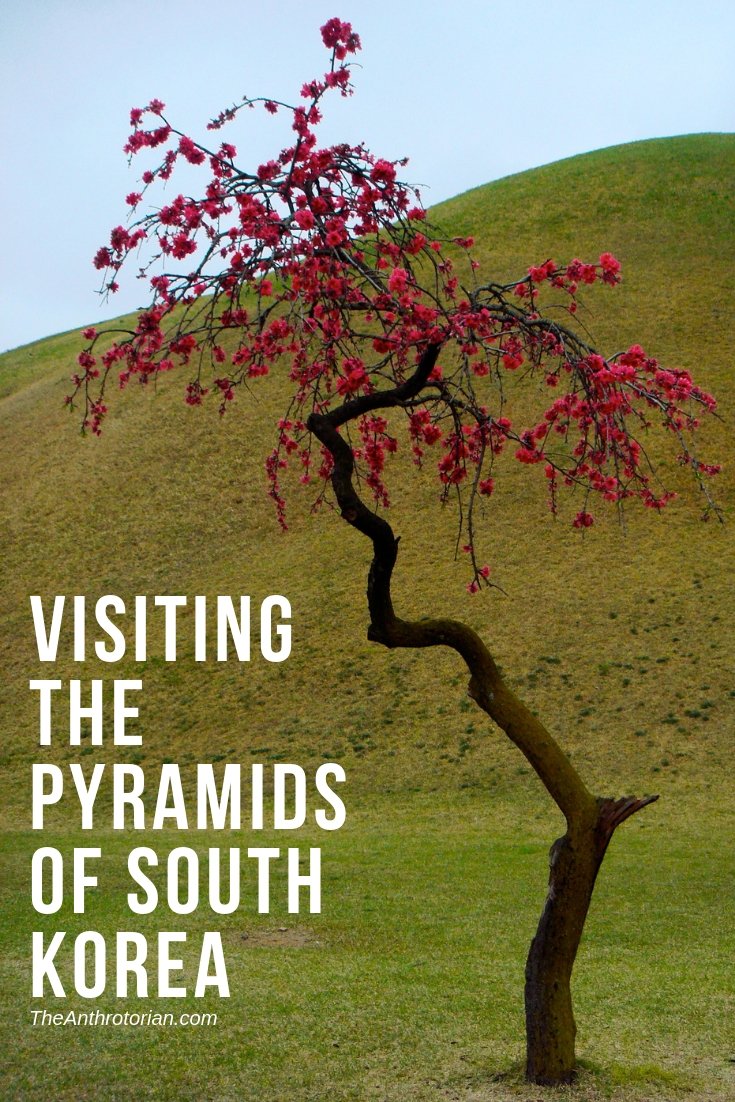For those of us that reside in the western world, fear or superstition of the number 13 is pretty common.
In fact, this fear even has a name: Triskaidekaphobia.
The number holds so much power that it is often omitted from hotel rooms, the floors of tall buildings and some people won’t even get out of bed on Friday the 13th.
There is no one reason to explain where this superstition comes from, but the many that I have come across pose very intriguing ideas rooted in historical or religious beliefs.
Why are people afraid of the number 13?
There were 13 people at the Last Supper where Jesus revealed that one of his disciples would betray him.
On Friday, October 13, 1307, King Philip IV of France ordered the Knight’s Templar arrested and killed.
13 is a lucky number in Judaism, and so, some say that a fear of the number comes from anti-semitism.
There is also evidence that a fear of thirteen comes from a fear of women, witchcraft, and disorder.
13 was once a number used to represent femininity because it corresponds to the number of lunar menstrual cycles in a year (13x28 days=364).
Witches gathered in covens of 12 with the devil joining them as the 13th member.
Other reasons seem a little more random.
There are 13 turns in a hangman’s noose and 13 steps up to the gallows.
12 is universally considered a perfect and harmonious number and 13 represents a step too far and throws this harmony into discord.
Did you know that the number 4 is unlucky too?
When living in South Korea, on the 13th floor, I noticed that though 13 was never omitted from buildings and hotel room doors, the number 4 was.
I discovered that the explanation for this superstition is a lot more cut and dry than the western superstition around 13. Apparently, countries in Asia and South East Asia familiar with Cantonese, avoid the number 4 because it is nearly identical in pronunciation to the word ‘death’.
Many product lines developed in Asia, like Nokia, omit the 4th series, jumping right to the fifth while hotels and high rises will often omit any floor with the number 4 in it (ie: 4, 14, 24… etc.)
